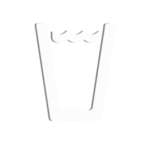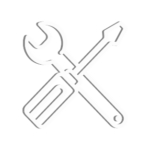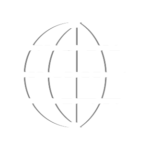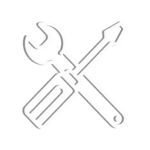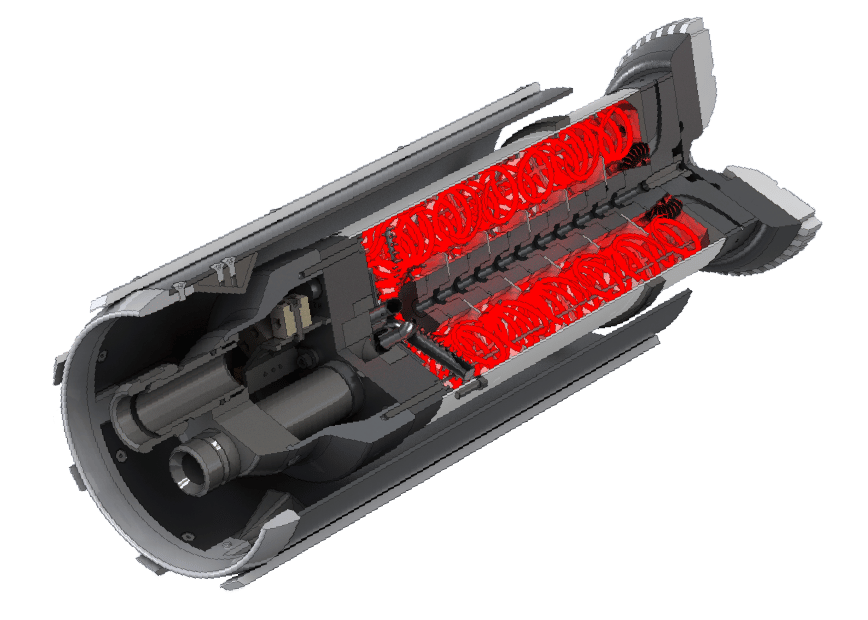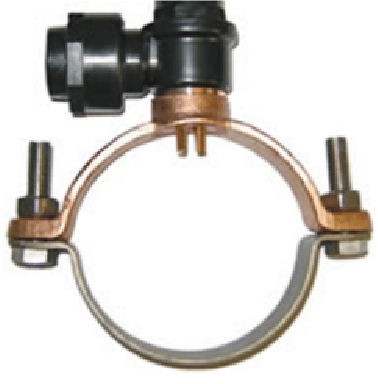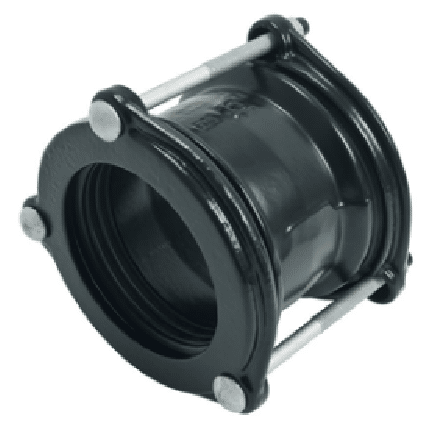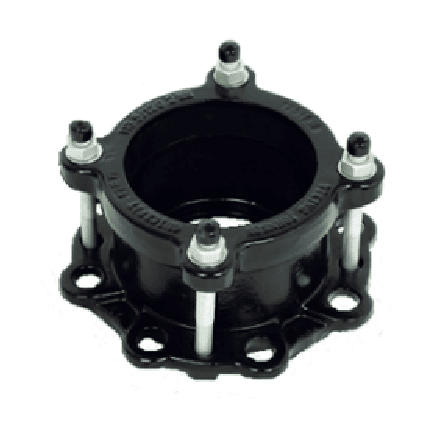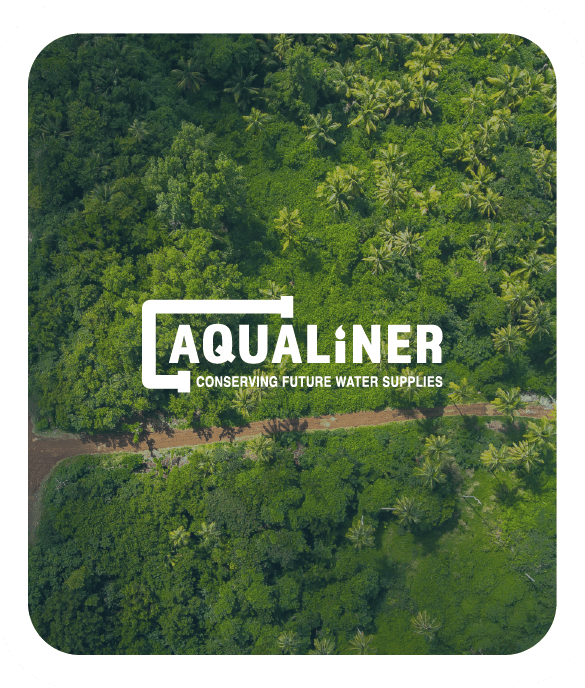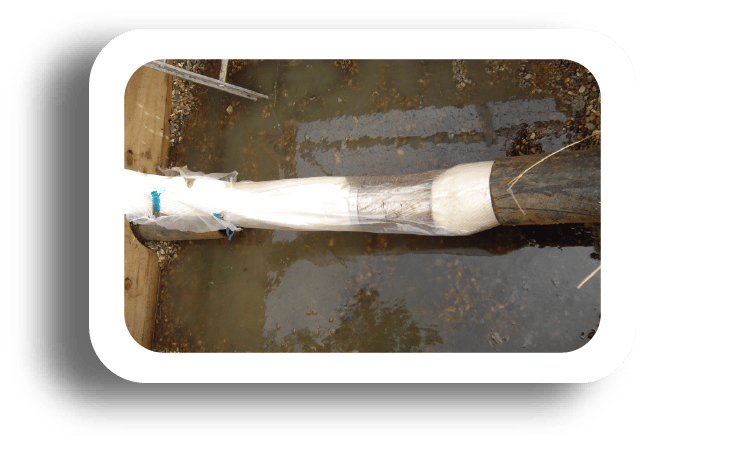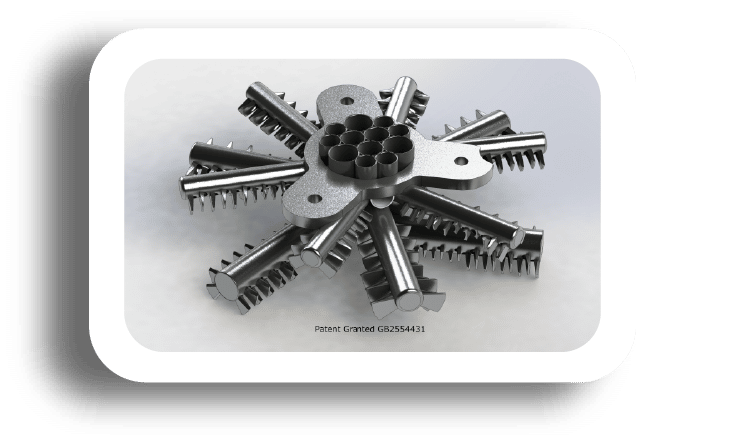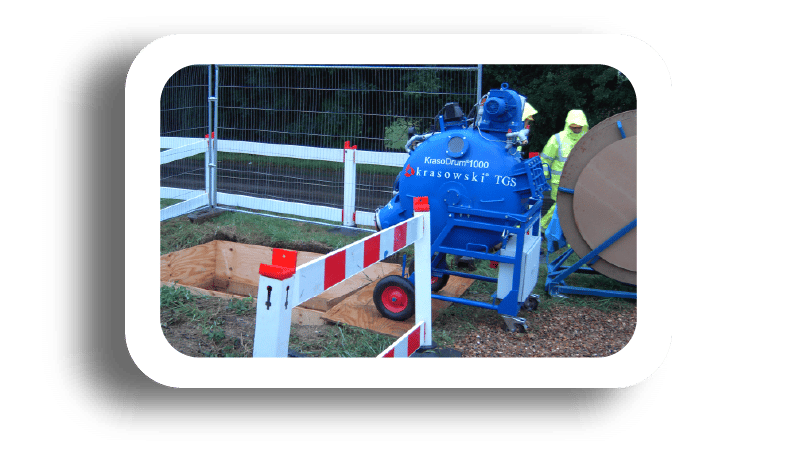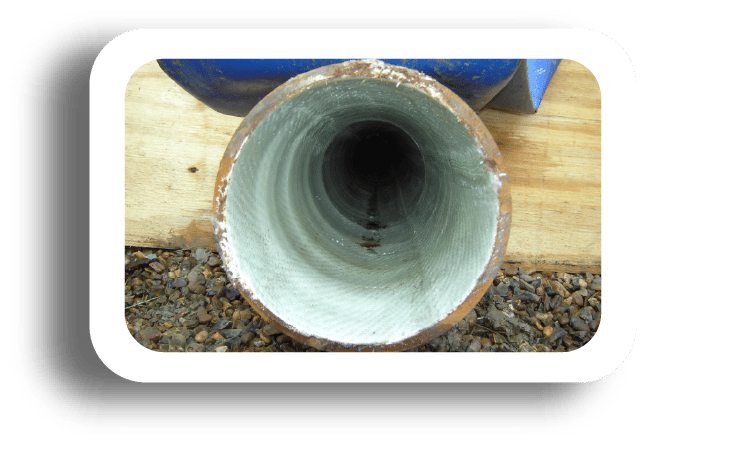AQUALINERS INNOVATION
One of the main reasons that a lot of pipe repair/renewal techniques are expensive is that they require a significant proportion of the surface (roads) to be dug up. The alternatives are the so-called trenchless techniques. These do not require a trench to be dug along the length of the pipe to replace the pipe; rather they re-line or replace the pipes from the inside.
With the exception of expensive pipe-bursting techniques all existing techniques are either not structural or not compatible with drinking water.



